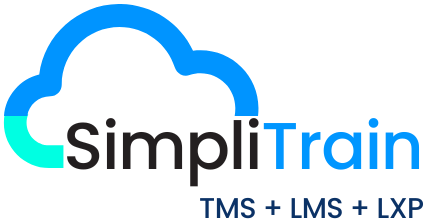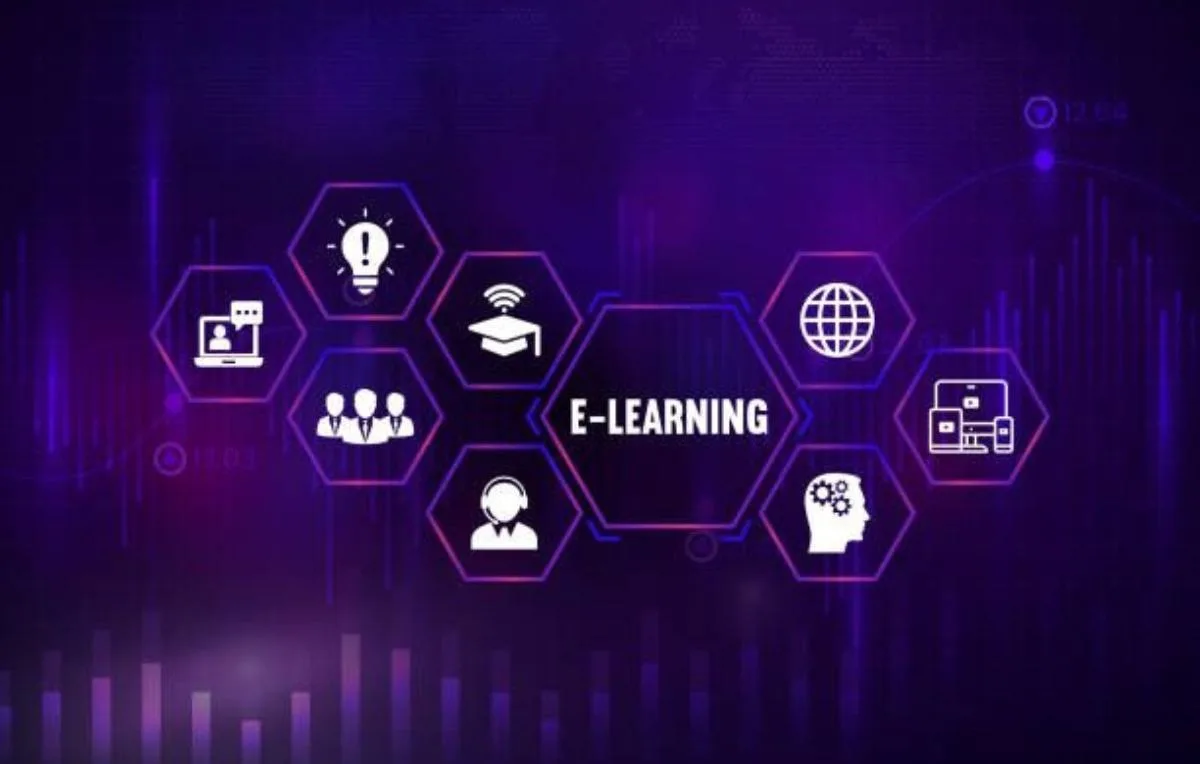In today’s rapidly evolving landscape, staying ahead requires a strategic approach to training that adapts and innovates. This is especially true in the realm of employee training and development. Traditional training methods are no longer sufficient to keep pace with the demands of modern businesses and the expectations of employees.
To future-proof your training programs, organizations must embrace innovative approaches that leverage technology and cater to diverse learning styles. One such approach is blended learning, complemented by a robust Training Management System (TMS).
However, to fully realize the benefits of blended learning, it is essential to implement a comprehensive Training Management System (TMS)that streamlines the training process and maximizes efficiency.
Understanding Blended Learning
Blended learning combines traditional learning methods with online learning programs, offering the best of both worlds. It allows for flexibility, personalization, and enhanced engagement, making it an ideal choice for modern organizations striving to optimize their training efforts.
Blended learning is not a one-size-fits-all approach; rather, it is a customizable framework that integrates various learning modalities to suit the needs of learners and the objectives of the training program. It typically involves a mix of face-to-face sessions, virtual classrooms, e-learning modules, and hands-on activities. This combination allows learners to access content anytime, anywhere, and at their own pace, fostering a more dynamic and interactive learning experience.
“Blended learning provides the adaptability to meet various learning preferences and training formats, addressing the diverse requirements of today’s workforce”.
By incorporating elements of both traditional and online learning, blended learning addresses the limitations of each approach while leveraging their respective strengths. It enables organizations to deliver training that is engaging, scalable, and cost-effective, thereby maximizing the return on investment in employee development.
The Role of a Training Management System
At the heart of a successful blended learning initiative lies a robust Training Management System. A TMS serves as a centralized platform for managing all aspects of the training process, from curriculum design and content delivery to learner assessment and performance tracking. It provides administrators, trainers, and learners with the tools they need to collaborate effectively and achieve training goals efficiently.
“A Training Management System makes managing different training formats easier, so organizations can focus on providing top-notch learning experiences.”
Key features of a TMS include-
- Content Management
A TMS allows administrators to create, upload, organize, and distribute training content seamlessly. This includes e-learning modules, multimedia resources, assessments, and other learning materials. With version control and content tagging capabilities, users can easily update and manage content to ensure relevance and accuracy. - Learner Management
Through a Training Management System (TMS), administrators can enroll learners in courses, track their progress, and monitor their performance. Learners have access to their personalized learning profiles, where they can view assigned courses, track their completion status, and access supplementary materials. Additionally, built-in communication tools facilitate interaction between learners and trainers, fostering a sense of community and collaboration. - Assessment and Reporting
A Training Management System (TMS) enables trainers to create and administer assessments to measure learner knowledge and skills. Assessment results are automatically recorded and integrated into comprehensive reports, allowing administrators to gauge training effectiveness and identify areas for improvement. Advanced analytics capabilities provide valuable insights into learner engagement, retention rates, and performance trends, empowering organizations to make data-driven decisions. - Compliance and Certification
For organizations operating in regulated industries, compliance with training requirements is essential. A Training Management System (TMS) helps ensure compliance by automating the tracking of training completion and certification status. Administrators can configure the system to send reminders and notifications to learners and managers, reducing the risk of non-compliance and associated penalties. - The Benefits of Blended Learning with a TMS
Combining blended learning with a TMS offers numerous benefits for organizations seeking to future-proof their training programs. - Flexibility and Accessibility
Blended learning with a TMS allows learners to access training content anytime, anywhere, and on any device.
Whether they are in the office, at home, or on the go, employees can engage in learning activities at their convenience, eliminating scheduling conflicts and logistical barriers. - Personalization and Engagement
A Training Management System (TMS) enables organizations to tailor training content to individual learner needs and preferences. Through adaptive learning algorithms and personalized recommendations, learners receive targeted content that aligns with their goals and interests. This personalized approach enhances engagement and motivation, leading to higher levels of knowledge retention and skill acquisition. - Scalability and Cost-Effectiveness
Blended learning with a Training Management System (TMS) allows organizations to scale their training initiatives rapidly and cost-effectively. By leveraging online learning technologies, organizations can reach a larger audience without incurring additional infrastructure or travel expenses. This scalability enables organizations to adapt quickly to changing business needs and market dynamics, ensuring that training programs remain relevant and impactful. - Continuous Improvement
With a TMS, organizations can gather real-time data on training performance and learner feedback. This data-driven approach enables continuous improvement, as administrators can identify areas of strength and weakness and make informed adjustments to training content and delivery methods. By iterating on training programs based on learner outcomes and organizational objectives, organizations can optimize their training investments and drive measurable results.
Embracing Blended Learning with a TMS
In an era of rapid technological advancement and evolving workforce dynamics, the need for effective training and development has never been greater. Blended learning, augmented by a robust Training Management System, offers a powerful solution for organizations looking to future-proof their training programs.
By combining the best elements of traditional and online learning, organizations can create engaging, personalized, and scalable training experiences that drive employee performance and organizational success.
As the demands of the modern workplace continue to evolve, embracing blended learning with a TMS will be essential for staying ahead of the curve and unlocking the full potential of your workforce.











